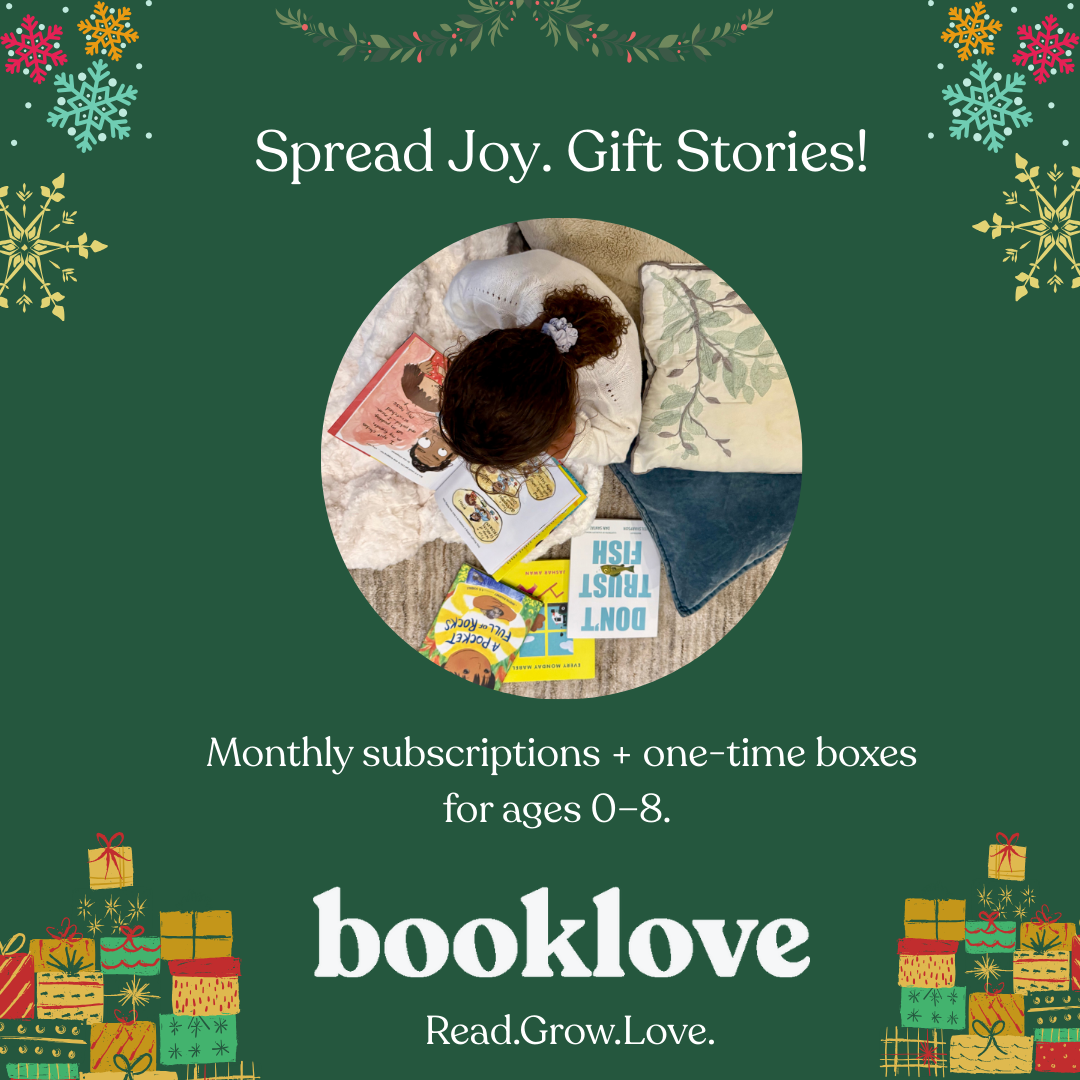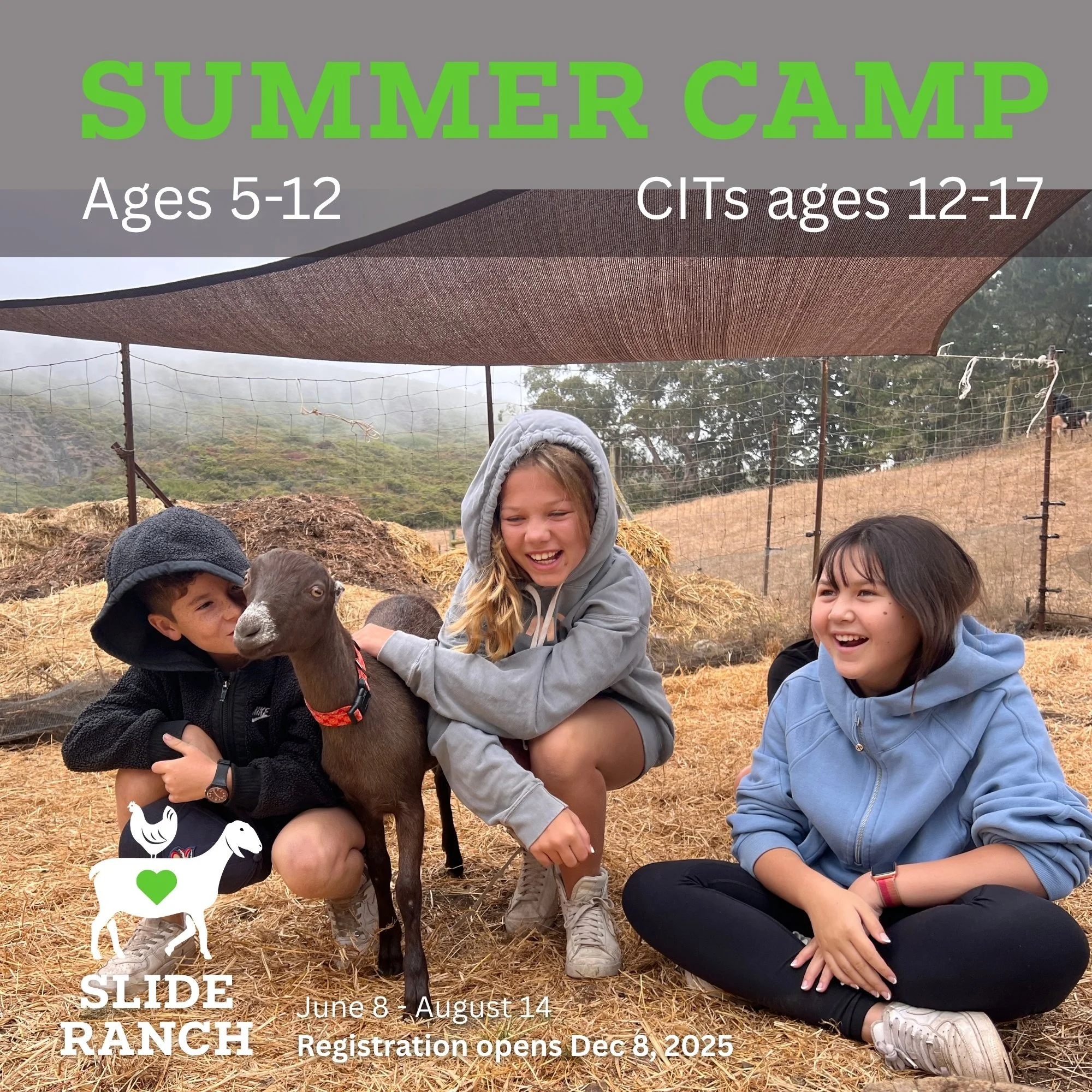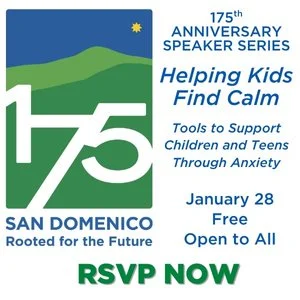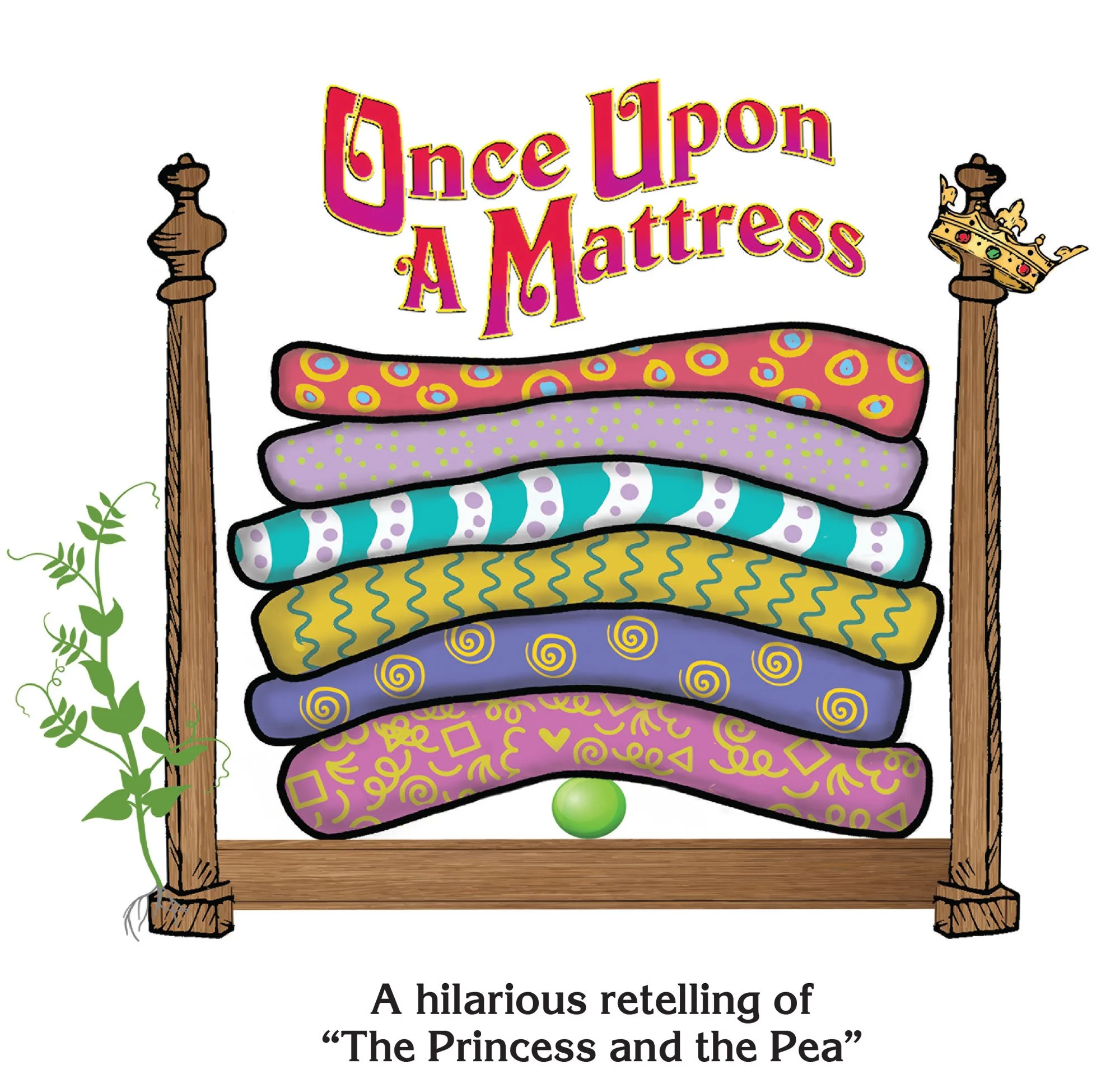Q&A With J. Otto Seibold and His Mr. Lunch Series
/J. Otto Seibold, Untitled, 2014. Vector illustration, dimensions variable. J. Otto Seibold and Mr. Lunch.
The Contemporary Jewish Museum (CJM) presents another family-friendly exhibition that explores the work of beloved children’s book author and illustrator J.otto Seibold and his Mr. Lunch series on November 20, 2014–March 8, 2015. I caught up with J.otto while he was in the midst of hand painting a mural at the CJM for the upcoming exhibition.
Tell me about this painting you're working on.
I’m creating a mural. I prefer to use spray paint because it’s the perfect medium for impatient people. But since we’re inside the museum I have to use house paint. It’s a very unusual process for me. I give myself full license to do a terrible job. When you come to see the exhibit, you will see it on the high visibility wall in the museum facing Mission and Market.
What are your earliest memories in art and writing?
Going into the garage of my brain I remember my first children’s book when I was a kid called, "The Story of Mike Mulligan and His Steam Shovel," by Virginia Lee Burton. As a kid I didn’t think about who wrote or drew it, that came later. I remember that specific book because my mother read it to me and because of the nature of the story. It’s a John Henry story of old vs. new. In the story the winner is the old steam shovel but in end the steam shovel is stuck inside the basement of the building that it created when it won the digging contest. The steam shovel gets turned into a furnace on the last page. You can tell the furnace has the excavation crane and it's on fire inside. I remember as a kid I was really blown away that that was the prize - you beat technology and now you’re a furnace. I was really into it but completely perplexed by what the idea of this tale was.
Growing up, you lived with your father who owned a tool and die shop. Because of his heavy work schedule you were left alone a lot. Did you feel that unstructured free play to be an important part of your creative development?
I can’t say that it was important or not because that is how my childhood was. I don’t have an alternate experience to compare it to. I do tell people we were "feral kids." We ran around on our own which is exactly opposite to children these days. We were completely unsupervised all day. Our schedule was to get a box of cereal that we picked out from the supermarket ourselves, turn it upside down to pull out the toy, eat a little cereal, kick the backyard screen porch door open and leave until late at night when we got called home. Back then when kids confronted little versions of danger we learned to manage them. Now it’s a blatant criminal act for kids to be at a creek looking at frogs independently. Kids are faced with a sliding image online to click instead of the real thing. Computers will never replace the real thing. Figuring out how to adjust to a little fear is a simple basic skill and you need independence to learn how to do it. So when things come up in life you’ve had enough practice and learn not to freak out.
J. Otto Seibold, Detail from the cover of Mr. Lunch Borrows a Canoe, by J. Otto Seibold and Vivian Walsh, 1994.
Now that you are a father, did you raise them the way you grew up?
I am a dad of adult children. My kids are 22, 20 and 17. I raised them very different to me. As a parent you either emulate or reject based on your own experience and I was definitely the latter of the two. One benefit of my job making books is I could make my own hours and spend time with my kids at the beach explaining what a balloon was.
You are self taught in both art and in computer skills. Can you tell me about how you came to combine them?
I have no art degree and never went to art school. I have spoken at a lot of art schools after my success and have been pushing for the “honorary degree” route. I was doing a lot of graphic work for industrial companies and architecture firms. Working at Clorox was my first exposure to using computers for art. I still wasn’t thinking of illustrating because I didn’t think it was a job you could do until I turned 24. As soon as I figured that out I quit work to focus on being an illustrator. Had I gone to art school I might have made the computers for art connection sooner. Plus I don’t like the idea of working in a cubicle. I ended up in the just right spot.
When was technology introduced into your work?
Before I did any illustrating I did a lot of engineering and drafting in the places I worked. Clorox was switching over to computerized drafting techniques and I got into it. They bought really early 1980 painting programs. You couldn’t even get the paintings off the computer. I would stay really late at work and play with this machine. I got into using it later for art because I was interested in the Apple Macintosh which was born here in the Bay Area.
J. Otto Seibold, Untitled, 2014. Vector illustration, dimensions variable.
Who inspired your style of art and writing?
I am a big fan of the illustrator John Hersey. He did a bunch of work I liked and I thought I would copy him. (No plagiaristic sad feelings between us, we’re cool.) When you see art and it is something that excites you, it’s hard not to want to try it out. And copying is a way to help people find their voice - you try out a bunch of different ones until you discover your own.
Another big influence when I created the Mr. Lunch series 20 years ago, was the symbols and language of cartoons. If, for example, somebody is looking at something, I draw a dotted line from their eyeball to what they are looking at. Or if someone is surprised their hat flies off, or If someone draws a poop you put some wiggly lines above it to show it smells. Because they were done on the computer I tried to make it look like they were old fashioned, on coated paper, and made by a machine. I am influenced by everyone and everything.
Also, I was a huge fan of the “This is (London, Paris, New York, etc.)” series by Sasek. When I was into him, his books had not been reissued so I found old copies of them at flea markets. There are homages to his work within my work. I really admire him and my work is a tribute to him.
You illustrate on the computer. How would you describe your style?
It’s evolved over time. Even with this show. I’m pulling out works from 20 years ago when the computer was not as good as it is now and my method has changed dramatically. My style has had 20 years of practice, so even when I look at these drawings I have to try and remember what I was thinking back then. It’s surreal to look at my drawings at that time. But I still have my steady bag of tricks that I always use.
What computer programs do you use?
I use Adobe Illustrator 10.0 which is at least 10 years out of date. I like the old version because the new version has more buttons that I don’t need.
Tell me about Mr. Lunch. Who is he? Why did you choose him as a main character?
Mr. Lunch is based on a Jack Russell I had because I didn’t know what else to write about. I could observe him and write a story. These books are no longer in print so there are no copies of the book to buy. Currently, I’m on an Amazon.com rescue mission where I’m buying all the cheap versions of my books and making a special silk screen print in each one and reselling them as Rescued from Amazon. It's like a dog adoption concept except I call it SPCB (Society of Prevention of Cruelty to Books). In the literary world there is a lot of anti-Amazon sentiment and I thought it would be funny to “rescue" my books from Amazon. It’s a way for me to freshen them up, add some new art, inject humor into it and make a statement by getting them back.
J. Otto Seibold, Detail from "Every morning Mr. Lunch…" in Free Lunch, by J. Otto Seibold and Vivian Walsh, 1996.
The exhibition at the Contemporary Jewish Museum focuses on the exploits of Mr. Lunch. The show also includes interactive areas for children designed by you with new content relating to Mr. Lunch. Can you tell me about that?
There are 3 dimensional props from my stories and the books that were the inspiration for it will be available. We also have immersive environments built specifically for the show. This is The CJM's sixth exhibition featuring children's literature and lots of Bay Area schoolchildren see these on field trips. My aim with the show is to reward that one bored kid who didn’t want to come to see this stupid show but then he gets here and realizes it’s cool. When I go to speak to school groups, I look into the audience and there is always one kid, kind of like me, who has a teacher on both sides to make sure he doesn’t misbehave during the performance. He’s my target audience - I want to win that guy over.
There are a lot of sketches and ephemera from the 90’s displaying my creative process. There are some new 2014 drawings too. I'm also going to be there with a drawing demo station. About once a week I plan to address a group of kids and make computer drawings. And I'm making some interesting items like paintings to sell at the shop. Then I think the show is going on tour after this.
You said you didn’t grow up in an artistic environment, you were more of a free spirit, but your kids have. Are they artistic?
Yes, they grew up in an artistic environment but I made sure not to be heavy handed about it. We did a lot of art together when they were little because they wanted to. We traveled a lot and it was based on the work I was doing. All 3 of my kids have declared their passion for some form of art. But it wasn’t something I insisted they do. I think areas like art and music do not need to be marketed to kids. You can always support and encourage it but you don’t have to force a kid to do it because once they get started it takes care of itself. Creativity has it’s own addictive draw to it. I never felt I had to push it on my kids. I just made it available and when they were interested they could try.
What are your kids doing now?
My oldest is a senior in Cornell. She paints and she wants to write a novel. My middle daughter is at Bard and is doing amazing art stuff and she also wants to write. There is a program there for the written arts which she is majoring in. My son likes to draw funny pictures. It’s becoming a thing for him. Everyone is on board with creative behavior. It was so natural I never felt I had to guide them. I didn’t tell my kids, "stay away from the arts or you’ll be poor." Practicing is worthwhile if it makes them happy.
J. Otto Seibold, Detail from "Applause" in Mr. Lunch Takes a Plane Ride, by J. Otto Seibold …
What advice do you have for young future artists and writers?
Don’t stop!
I tell people all the time that I wasn’t particularly good at drawing, but, if you just keep doing it you will get better. As a kid I just enjoyed it so I kept doing it. I didn’t care whether anyone thought I was good or bad. I didn’t stop. There is this thing that happens with kids in both music and art where a whole class, for instance, draws a still life; and there’s a kid who draws the most realistic version, then all the other kids put their pencils down and say “you’re the artist” and then they don’t have to worry about being good or bad. The photographic one is not the one that is the true art. Bob Dylan doesn’t have the best voice. It’s the individual strength that is key. Schools focus too much on proficiency and accuracy and if you are not that; you’re not considered the best. Sometimes this makes kids give it up. Especially when they’re young.
I’m telling them to never stop.
When you look back at your career so far, what are you most proud of?
Definitely being a father to the people I raised. My middle daughter would hang out with me on Saturday night before she went to college and tell me nobody in her class hangs out with their dad. I totally appreciated it. I’m just so happy with my kids. Everything else is temporal and doesn’t mean anything. I’m not worried about life or the art that I do or whether I do art or don’t do art. I like to do it but I’m very relaxed about what it is. Infact, if I didn’t have to make a living I’d actually make less art because a lot of times I have to get something together to pay the rent. Deadlines and dollars really do create art. Gets you to stop day dreaming and get it together. Money is a great motivator.
If you could go back in time to when you were 11, knowing what you know now, what advice would you give to the 11 year old J.otto?
Be happy. It’s a lot harder to be 11 now then when I was 11. Everything is more tense, isolated and increased screen time. Kids don’t go out to explore on their own. They don’t encounter those small dangers to help them in life. My daughter says her generation is the impatient generation because every kid skips through things and mimics the speedy adults lives around them. I’d tell myself to spend lots of time being happy.
Gabriela Laz, J.Otto Seibold, 2014. Photograph. J.otto Seibold and Mr. Lunch.
What’s next?
Right now I’m having this Memory Lane exhibition and putting everything into that. I’m not currently working on a book but I keep busy all the time being creative and painting. It’s a good reward.
J. Otto Seibold and Mr. Lunch is on view at The Contemporary Jewish Museum (CJM) November 20, 2014–March 8, 2015 open daily (except Wed) 11am–5pm and Thursday, 11am–8pm. Youth 18 and under are always free. The CJM is located at 736 Mission Street, San Francisco. Visit thecjm.org for more information.
J.otto Seibold is a self-taught artist who was born in Oakland, California, and grew up in Martinez, CA. He was able to sneak into the art world during the “outsider artist” craze of the 1990s and is the first person to use digital software to create children’s books with Mr. Lunch Takes a Plane Ride (1993). Seibold has continued publishing for the past twenty years and is best known for the Mr. Lunch series, as well as Olive the Other Reindeer (Chronicle Books, 1997), and Vunce Upon a Time (Chronicle Books, 2008).

















